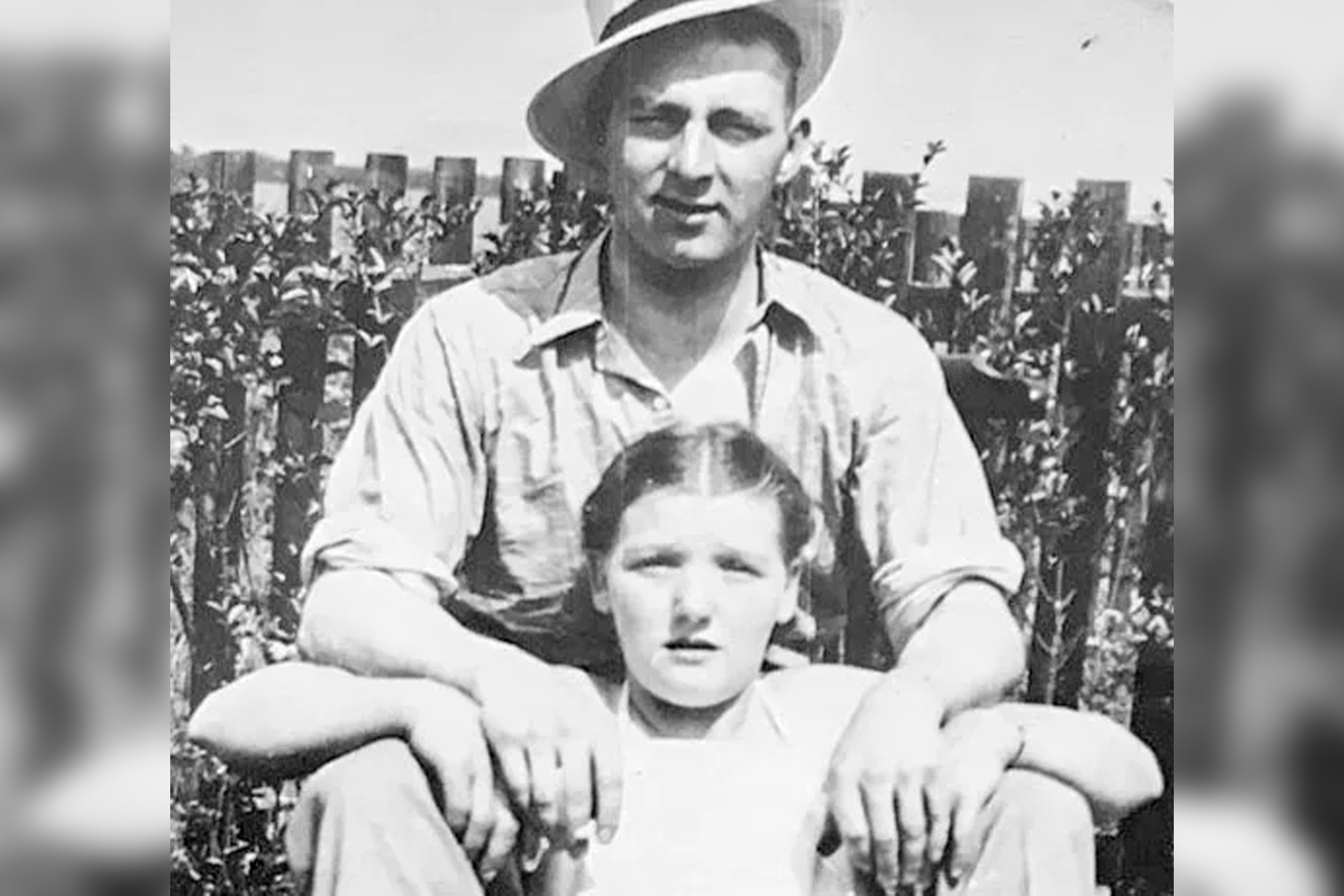Portrait by Jenn Ackerman
Jonathan C Slaght is a wildlife biologist and bestselling author of Owls of the Eastern Ice. His new book, Tigers Between Empires, is set in the same region of Russia’s far east and follows the plight of the endangered Amur tiger, more popularly known as the Siberian tiger, and the Russian-American team that worked to track and protect them after the fall of the Soviet Union.
Which interest came first for you, wildlife biology or writing?
Definitely wildlife biology. The writing was sort of pragmatic, almost a means to an end. All the work I do is grant based, so I can’t do any conservation unless I convince someone to give me money to do it. I found myself competing as a graduate student for US-based funding and I felt that I needed to make an emotional connection between potential donors and the work. A lot of scientists aren’t able to articulate the vision, impact or value of their work. But that was a way to set myself apart in the grant processes.
The success of your first book, Owls of the Eastern Ice, took you by surprise. What were you expecting?
Related articles:
My entire goal in writing the book was to pull back the curtain a bit on a part of the world that I’ve been devoted to for decades and I think is fascinating. At a party, someone would say: “What do you do?” I was like: “Well, I’m a scientist. I study the Blakiston’s fish owl.” They were like: “What’s that?” So the goal was to answer that question. I figured that the book would have a niche appeal among bird freaks and Russophiles.
Your new book about a project to save Amur tigers takes place in the same region. Was it while researching owls that you first had the idea about tigers?
I’ve known Dale Miquelle, the main protagonist of the book, since about the year 2000. He has been a mentor to me and helped support my PhD on owls. Whenever something weird happened in his tiger project, he’d say: “One day I’m going to write a book about this.” I knew there was a story there. And when the success of the previous book created a platform, there was an opportunity to tell Dale’s story. I asked him if he was ever going to write it, and he said probably not. So that’s when we began working together on crafting the book.
Do you think human growth in population and consumption is compatible with wildlife conservation?
Yes, I do. Wilderness is on a sliding scale. If you look at the Russian far east now, specifically the province of Primorye, and compare it with 100 years ago, we’d say it was wild and pristine then, and even more so 100 years before that. But now we are on the edge. Resources are still being extracted yet there are still tigers, there are still salmon swimming up the rivers. So the key is not letting the scale slide so far that there’s no way back.
The book describes a very harsh environment with very few creature comforts. Do you find those sorts of settings attractive?
I really do. I think that’s softened with age and I’m less willing to spend extended periods in those situations. But there’s something special about experiencing that kind of hardship for the rewards, which are many in wild places like Primorye.
How has the activity of and treatment of poachers changed over the past three decades?
It’s changed for the better in the sense that the laws are stricter. You could be caught carrying a newly dead tiger in your arms with a freshly shot rifle, and you could just say you found it, and then it was a minor misdemeanour charge. Under Putin, tigers have become more popular and he’s ushered in laws that are more in line with endangered species laws around the world. Wildlife tends to do well under autocratic rule. Tigers were restored when Stalin was in power.

Jonathan C Slaght (left) – with Ivan Seryodkin (centre) and Dale Miquelle (right) – collaring a tiger in October 2011
Tigers, you tell us, kill roughly once a week. What do they do the rest of the time?
Typically, if they’re undisturbed, they’ll sit on that kill for a few days and eat it in two, three days. They’ll alternate between sleeping and feeding and drinking and defecating and milling around in the area. Males in particular ensure that interlopers are kept out because one male territory overlaps with several females, and he will check to see who’s in oestrus, who’s ready to breed. It’s a pretty hard life wandering around looking to run into your next meal, and if they aren’t killed by poachers or a car, they tend to succumb to injury or starvation.
The Primorye region also has brown bears. Which would you least like to meet in the wild: a bear or a tiger?
I don’t like bears. I’ve had several bear encounters. I describe in the book how a bear looks at you. It’s really thinking about what to do. With tigers it’s more like a light switch: fight or flight. Bears pace around, they circle you, and they’re vindictive. Tigers are more predictable.
Do you think that joint wildlife projects between Russia and America can have a beneficial effect on relations between the two nations?
One of the points of the book is that international collaboration is essential to conservation, especially with these wide-ranging species that cross borders. Anytime that you can put politics aside and harness someone’s expertise, irrespective of where they’re from, that benefits everyone. It makes the unknown the known, and once you know something you’re more sympathetic.
When was the last time you went to the Primorye region, and can you imagine returning anytime soon?
It was in October of 2019, right before Covid. First, I didn’t go for a few years because of Covid, and then my visa expired, and then because of the war. It wouldn’t benefit conservation at the moment for me to show up, so it’s better to just sit on the sidelines for now. I wanted the book to have more of a Russian voice but many of the Russians involved in the project have passed away and the ones who are alive didn’t respond to my enquires. I think there is a fear now about engaging with foreigners.
This seems to be a golden era for wildlife literature. Are you a keen reader of the genre?
It’s embarrassing to say, but until I published the owl book, I wasn’t really a big reader. I spent a lot of time reading reports and journals. I didn’t sit down and read for pleasure, but with the success of the owl book, I’ve been asked to do endorsements for the backs of books. I was also a juror on a book prize last year in nature and science. So I’m reading a lot now, and it’s fascinating. The last book I read was Lone Wolf by Adam Weymouth, which I reviewed for the Atlantic. I absolutely loved it. Another that stuck out was Crossings by Ben Goldfarb. I’m interested in how linear infrastructure – roads, railways, power lines – impact and influence animal movements. So I just ate that right up.
Tigers Between Empires: The Journey to Save the Siberian Tiger from Extinction is published by Allen Lane (£30). Order a copy from The Observer Shop for £25.50. Delivery charges may apply
Photography by Jonathan C Slaght



